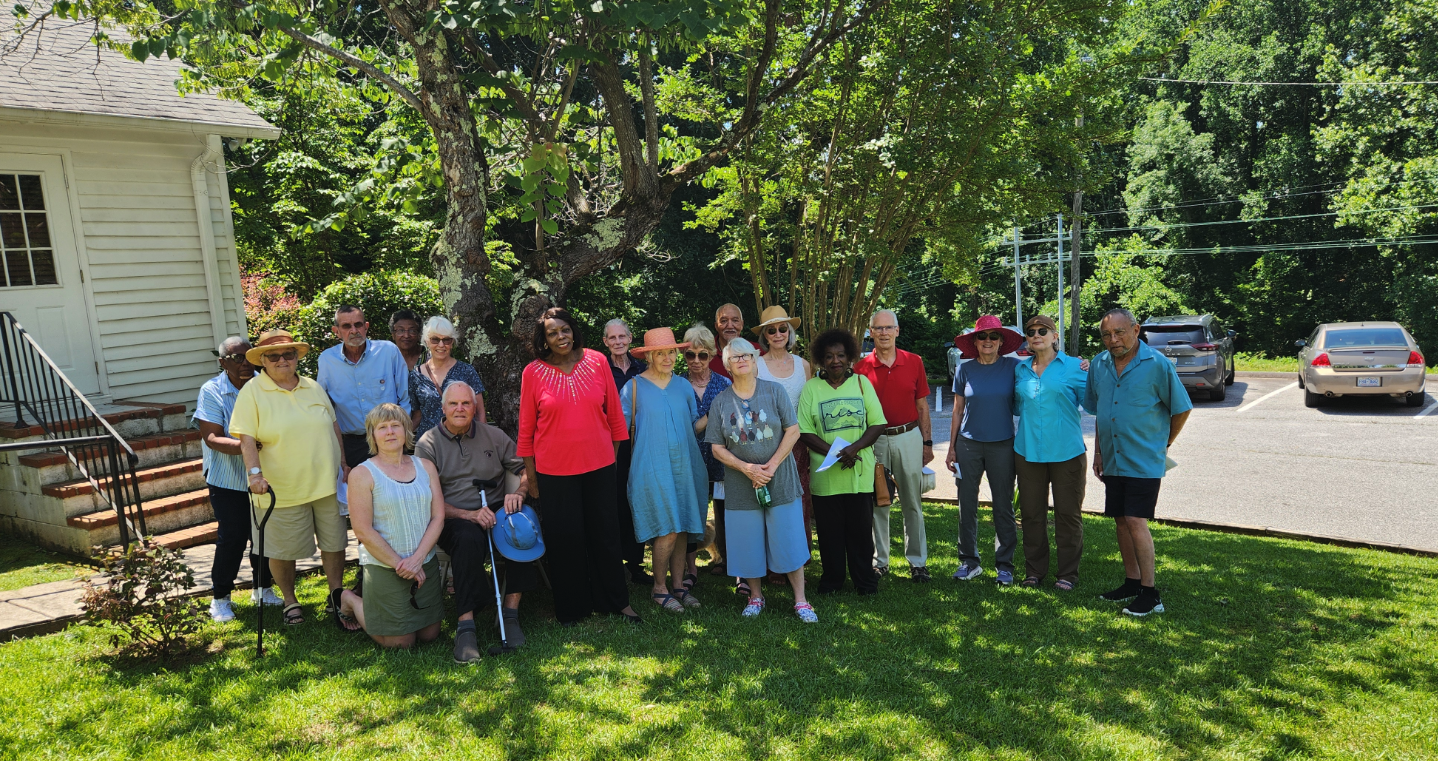Nature’s Tiny Marvels: The Enchanting World of Hummingbirds
Published 12:15 pm Friday, April 26, 2024
|
Getting your Trinity Audio player ready...
|
One of spring’s greatest joyful moments is the arrival of our hummingbirds. Our ruby-throated hummingbirds, the main species in western North Carolina, are here, in case you haven’t seen them! Many have flown over 1,200 miles to get here, coming from Central America and Mexico on spring migration. Some fly over the Gulf of Mexico, flying 18 to 24 hours nonstop. Can you imagine being so small and flying so far? I can’t!
Watching them flit from flower to flower is magical. With their iridescent feathers shimmering in the sunlight and their wings beating at a mind-boggling pace, hummingbirds are living, breathing jewels of nature.
As the smallest birds on the planet, hummingbirds are remarkable in so many ways. First, what about their aerial antics, which make hummingbirds seem more like mini helicopters than birds? What’s their secret? Those rapidly buzzing wings flutter an astonishing 80 to 200 times per second! But seriously, who counts the number of flutters?
Plus, they aren’t actually flapping their wings but rotating them in a figure eight, allowing them to hover or even fly backward. Pretty cool! No wonder they make that distinctive humming sound as they dart about, which is one of my favorite sounds when I’m working in the garden.
Because of their high metabolism, they must eat all day long just to survive. They consume about half their body weight in bugs (think mosquitos, gnats, aphids) and nectar, feeding every 10 to 15 minutes and visiting 1,000 to 2,000 flowers throughout the day.
And hummingbirds aren’t just show-offs – they’re also beautiful! The males use their brilliant red, green and purple plumage to attract mates and defend their territory from rivals as they zoom around. But once the male mates, he is off to find another female and isn’t involved in helping make a nest or rearing the babies.
Just how can you tell a male from a female? Males have an unmistakable bright red iridescent patch on their necks under their beaks and are generally smaller than females.
There’s more to appreciate about hummingbirds than just their looks and flying skills. They play a vital role as pollinators in our gardens. As they move from bloom to bloom in search of nectar, they transfer pollen between flowers, allowing plants to reproduce and bear fruit.
That’s why preserving and protecting hummingbird habitats is so crucial. By cultivating wildlife-friendly pollinator gardens filled with native nectar-rich plants like bee balm, trumpet vine, coral honeysuckle and columbine, we can help ensure these tiny marvels have a constant food supply and get our plants pollinated at the same time. A win-win.
And since they are helping control your insect population by eating lots of bugs, please don’t use pesticides in your garden. If a hummingbird eats a bug contaminated with pesticides, it could die, which, of course, would be very sad.
To supplement their nectar, you can put out feeders with one part regular sugar to four parts water (no red dye, please). Just be sure to change the sugar water often, as it can get full of bacteria on warm days. You can learn more about hummingbird feeders on the Champions for Wildlife website; How & When to Put Out Hummingbird Feeders.
In addition to being important pollinators, hummingbirds are interconnected to the food web. Okay, so what exactly does that mean? Well, they eat lots of insects and are, in turn, a food source for a number of animals, including hawks, herons and other larger birds. Plus, their eggs are eaten by squirrels, crows, and chipmunks.
So look for these little buzzing rainbows the next time you’re hiking the trails or tending your garden. Appreciate their beauty, their crucial ecological role, and the sheer magic and joy they bring to our natural world. After all, protecting hummingbirds is one way we can help keep the delicate web of life thriving for our children and future generations to come.

A ruby-throated hummingbird
Loti Woods is a founder of Champions for Wildlife, a nonprofit organization whose mission is to inspire and empower our kids to be champions for wildlife using the power of art and education. To learn more, visit https://championsforwildlife.org.






